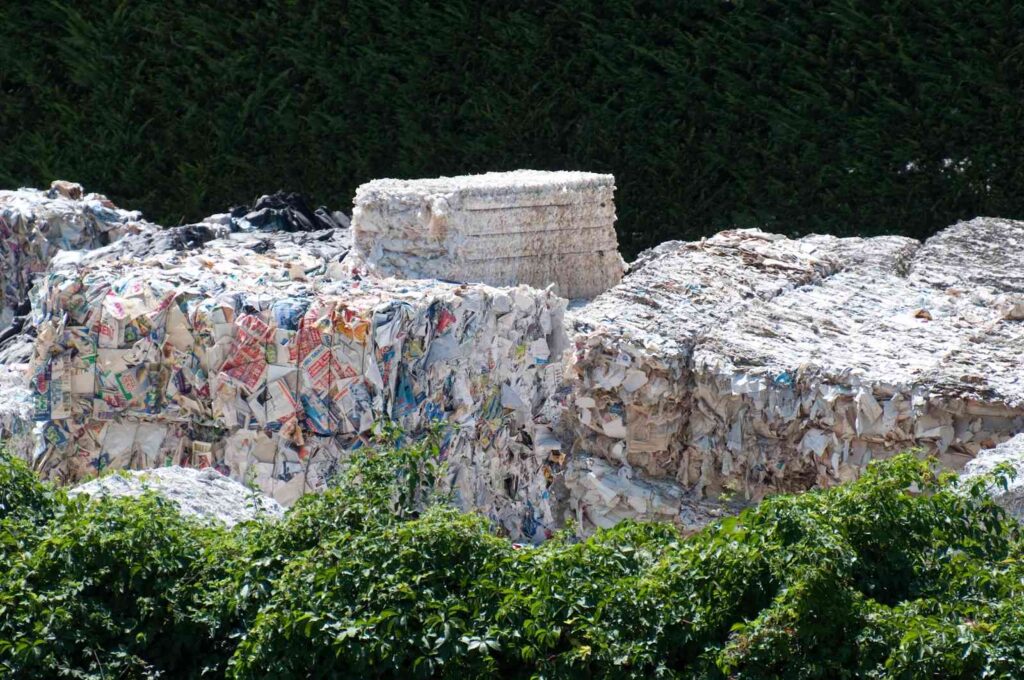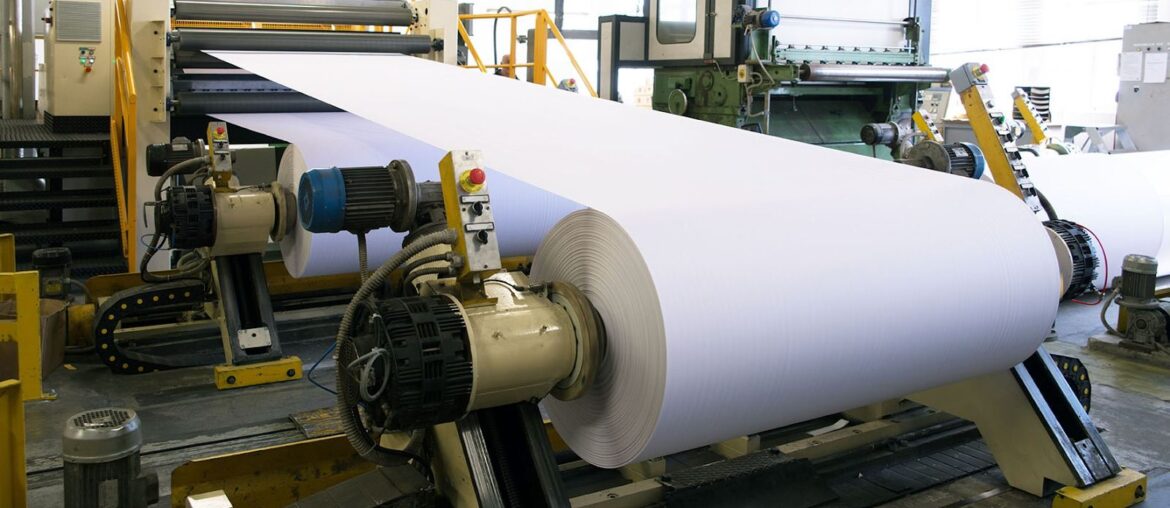The negative impacts of the paper industry on the environment have always been a matter of concern. Deforestation, waste of energy and water, pollution, and paper waste are obvious problems that we cannot ignore. Despite being an important industry, those involved need to put the safety of the planet first, not financial benefits. Many businesses have actually started to try more sustainable approaches to papermaking. But, is a green, sustainable paper industry really possible? Let’s find out together in today’s article.
Actual Situation of Paper Use
We always need paper in many forms. Fundamentally, it can’t be replaced, at least for now. This basic need has contributed to today’s $354.39 billion-worth paper industry.
Statistics show that from the 1970s to the present, global paper use has increased by more than 400%. This really shocked me. The biggest contributors to this increase are China and the US, which account for half of the world’s paper use. An average person uses approximately 700 pounds of water per year, and this number will continue to increase over the next 10 years. If this is the case, then by 2030, the total global paper consumption may reach over 461 million tons. The result is that the paper industry will obviously produce more paper to meet the demand. This is the problem.
The increasing use of paper causes more problems than just deforestation. Producing more paper means using more water, energy, and chemicals. 10% of most countries’ freshwater is for paper production. The production of a ton of paper requires about 2,700 liters of water, which is enough for at least 7 adults to use in a day. Increasing paper production also emits more harmful emissions such as CO2, NO2, SO2, hydrogen sulfide, methyl mercaptan, etc. These emissions are the main causes of greenhouse gasses and acid rain.
There is no doubt that paper production is a major contributor to the economies of many countries. Unfortunately, this industry seems to be over-exploiting what Mother Nature has to offer.
Is It Possible To Have A Sustainable Paper Industry?
We know how negative the paper industry can be to the environment. However, at the end of the day, paper is still indispensable, and the existence of this industry is still important. The only way to reduce the negative environmental impact of this industry is to make it as sustainable and eco-friendly as possible. To know if it’s possible, we need to answer these 3 questions first.
Are We Doing A Good Job of Recycling Paper?

It’s estimated that 26% of landfill waste and 33% of municipal waste are paper waste, mostly wrapping/packaging and office waste. The good news is that the global paper recycling rate is gradually increasing year by year. From a 65.9% paper recycling rate in 2017, the world has achieved the rate of 68% in 2021 – the highest rate to date (see here). Cardboard recycling rate, in particular, has also reached 91.4%, such an impressive number compared to the current high demand.
The paper industry has also set the goal to switch 50% of the materials used in paper production to recycled paper fiber by 2030; in fact, in the US, 1/3 of the current materials used in paper production are recycled paper. This is such a promising figure, and we can expect better results in the future.
Will Paper Production Remain A Major Source of Pollution In the Future?
All industries are talking about reaching net zero by 2050 and coming up with commitments as well as solutions to achieve it. The paper industry is no exception.
The changes were made a lot earlier than you think. Since about 50 years ago, the paper industry has started to put into practice a variety of different cleaner, more sustainable paper production techniques. Old pulping technologies (which depend largely on chemicals) have been gradually switched to less chemical-dependent and better wastewater treatment ones.
Paper manufacturers are also becoming more and more conscious of what what they discard in the papermaking process. The application of bark and wood wastes such as sawdust, wood residue, etc. from processed logs has become a lot more popular. Manufacturers are utilizing them as a form of biomass, renewable energy. This is incredibly beneficial in minimizing the emissions of CO2 and other air pollutants from paper production.
The industry is also paying a lot more attention to wastewater treatment in order to reduce pollutants as much as possible. A large amount of treated wastewater from paper production is now reused for other purposes, typically growing certain types of crops such as wheat, barley, sugarcane, etc.
These changes happen slowly but surely, and you can clearly see the results in the numbers. From a carbon intensity ratio of 0.536 in 1990, the paper industry has managed to reduce the ratio by approximately 50% to 0.298 as of 2019. The reduction trend is indeed slow but steady over the years, and this is good news.
Is There Any Promising Innovation In The Paper Industry?
Innovations in the production technology and use of materials have brought consumers closer to a wide range of more sustainable paper products.
Thanks to the investments made to innovate the industry, paper manufacturers have been able to adopt non-tree materials such as plants or agricultural residues in the production of paper. The application of carbon-saving technologies is also the target of the paper industry, and a lot of investments in this aspect have been committed as of 2050.
Besides direct impacts on paper production, many innovations also benefit the production of eco-friendly co-products such as fuels or biodegradable plastics from wood fiber. This is a promising future for the global economy in general and the paper industry in particular. We will soon be able to produce paper and other co-products without having to use oil.
You Can Also Help
Consumers are one of the factors determining the sustainability of the paper industry. That’s true! You are the one who can control your own paper needs and what types of paper you want to use.
Reducing paper use is a very effective way to minimize the negative environmental impacts of paper production and consumption. You can practice this anywhere by not using paper if it’s not necessary and reusing paper if possible.
Switching to other sustainable, eco-friendly alternatives is also a solution. Customers nowadays are willing to pay more for sustainable options instead of budget-friendly but less eco-friendly ones. Many paper distributors are gradually approaching this change by using recycled paper, recycled plastic, and many other eco-friendly materials to produce their paper.
Bottom Line
With all the promising statistics mentioned above, we can be positive about the sustainable development of the paper industry. The process would take some time and be fraught with difficulties, but it’s possible. You can be one of the factors that make this future a reality. There are a lot of sustainable paper shops available on Tenere, and you know what, we plant trees with every purchase you make. This July, we planted 8967 trees thanks to the support of our users, so shop with us now to keep this number growing.









